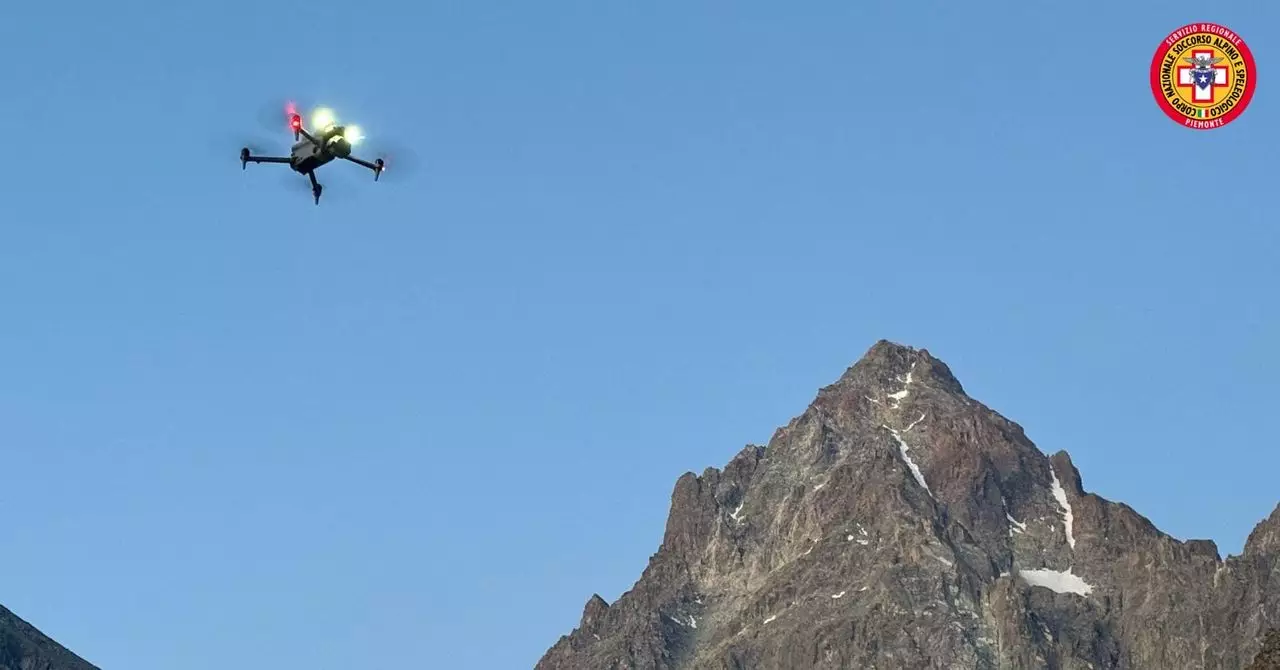Traditional search and rescue operations in vast, challenging terrains like the mountains of Italy have long been labor-intensive and time-consuming. When a hiker goes missing in expansive regions such as the 183-hectare mountainous area around Monviso, locating their remains or even just a helmet involves weeks, sometimes months, of painstaking manual effort. Human teams must traverse treacherous slopes, scan every possible nook and cranny, and often rely on chance and experience to spot small details amidst complex backgrounds. This process is not only slow but also fraught with risk, especially as weather conditions deteriorate or visibility diminishes. The physical and mental toll on rescuers is significant, and the inefficiency can cost precious time, which in trauma or survival situations can mean the difference between life and death.
The Game-Changer: AI-Powered Drone Analytics
The advancement of artificial intelligence (AI) has introduced a paradigm shift in such operations. Instead of relying solely on human eyesight and prolonged manual scanning, AI algorithms can rapidly analyze vast datasets—thousands of images captured from drones—within hours or even minutes. In the Italian Monviso rescue, the integration of AI enabled the detection of a small but crucial pixel of a different color, corresponding to a helmet, within 2,600 frames taken over a single drone flight. This level of precision is unthinkable for human eyes, especially when faced with thousands of high-resolution images that need meticulous examination.
The profound impact here is the dramatic reduction in search time. What once took weeks or months to accomplish can now be completed in less than a day. The case of Nicola Ivaldo demonstrates that AI-driven analysis allows rescuers to pinpoint potential signs of victims with astounding accuracy, enabling swift deployment of ground and aerial units for verification. This technological leap has emboldened rescue teams to operate more efficiently, deploying resources effectively and minimizing risk to human personnel.
Technological Symbiosis: Human Expertise Meets Machine Precision
While the power of AI is transformative, it is essential to recognize its role as an augmentation rather than a replacement for human expertise. The rescue team’s effective operation depended on the seamless collaboration between drone pilots, AI software, and experienced mountain rescuers. Pilots like Saverio Isola and Giorgio Viana, armed with their technical skills and intuition about the terrain, were vital. They interpret AI outputs within contextual frameworks, verifying suspicions raised by software and making critical decisions in real-time.
Furthermore, the operation underscores the importance of comprehensive data analysis, including auxiliary information such as mobile phone signals, which can narrow down search areas considerably. The combination of technological innovation and seasoned human judgment creates a synergistic effect that amplifies the efficacy of rescue missions.
Implications for the Future of Search & Rescue
The success story on Monviso hints at a future where AI and drone technology become standard tools in mountain rescue kits worldwide. As software algorithms improve, with better recognition capabilities and less susceptibility to weather interference, rescue operations will become faster, safer, and more successful. Additionally, the investment in training technicians and pilots capable of managing such advanced tools proves crucial—technology alone cannot replace the human factor of decision-making, adaptability, and experience.
What sets this particular rescue apart is not only the technological efficiency but its implications on ethical and operational levels. Rapid detection minimizes the prolonged suffering of families, reduces the risks to rescuers, and optimizes resource allocation, making rescue missions more humane and effective. However, this also calls for continuous development, regulation, and integration of such technologies within existing search and rescue protocols to maximize their potential.
The Monviso rescue exemplifies the profound positive impact AI and drone technology can have in critical situations. Moving beyond traditional methods, these tools represent a new era where humanity’s capacity to save lives is significantly enhanced, leveraging the best of innovation while honoring the invaluable expertise of seasoned rescue personnel.

